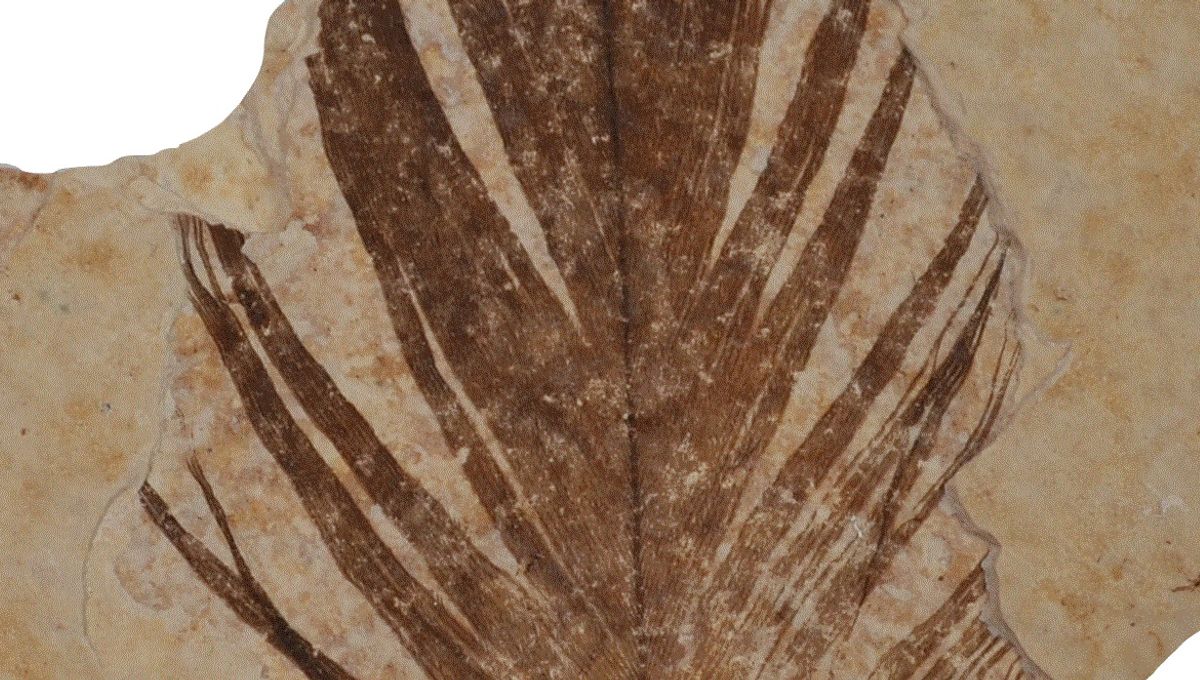
The humble feather lies at the heart of a new study, in which palaeontologists have revealed that feathered dinosaurs and modern birds are even more similar than we thought.
Previous studies of fossilized dinosaur feathers have suggested that they had a different protein composition to that of modern birds. It was thought that ancient dinosaur plumage consisted more of alpha-keratin protein, which would have made feathers much less stiff than the beta-keratin-rich feathers of birds today – stiffer feathers are better for flight.
However, some researchers questioned whether the fossils used to reach this conclusion accurately reflected what the feathers were like at the time, or if protein composition had been affected by fossilization.
A team of scientists from University College Cork, Linyi University, and the Stanford Synchrotron Radiation Light Source discovered that the protein composition of dinosaur feathers is, in fact, very similar to the feathers of birds today, suggesting that modern feather composition may have originated much earlier than previously thought.
The researchers combined X-ray and infrared light technology to analyze 125-million-year-old fossil feathers from Sinornithosaurus, a feathered dinosaur, Confuciusornis, an early bird, and a 50-million-year-old feather from the US. They also conducted experiments simulating the heat that the feathers would’ve been exposed to during fossilization.
The results showed that, while the ancient feathers did contain alpha-keratin, it probably wasn’t there originally – the team found traces of beta-keratin, signifying that alpha-keratin was likely formed by degradation of beta-keratin during the fossilization process and the extreme heat that fossils are subjected to.
“Our experiments can now explain this weird chemistry as the result of protein degradation during the fossilization process,” said Tiffany Slater, lead author of the study, in a statement. “So although some fossil feathers do preserve traces of the original beta-proteins, other fossil feathers are damaged and tell us a false narrative about feather evolution.”
The presence of some traces of beta-keratin also helps to resolve the debate as to whether proteins can be preserved over such long periods of time. In the paper, the researchers suggest that, because of this, palaeontology should move towards a more “holistic” analysis of ancient fossils and the biomolecules within them.
“Traces of ancient biomolecules can clearly survive for millions of years, but you can’t read the fossil record literally because even seemingly well-preserved fossil tissues have been cooked and squashed during fossilization,” said Maria McNamara, senior author.
“We’re developing new tools to understand what happens during fossilization and unlock the chemical secrets of fossils. This will give us exciting new insights into the evolution of important tissues and their biomolecules.”
The study is published in Nature Ecology & Evolution.
Source Link: Dinosaur Feather Fossils Reveal Proteins Preserved For Millions Of Years